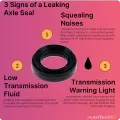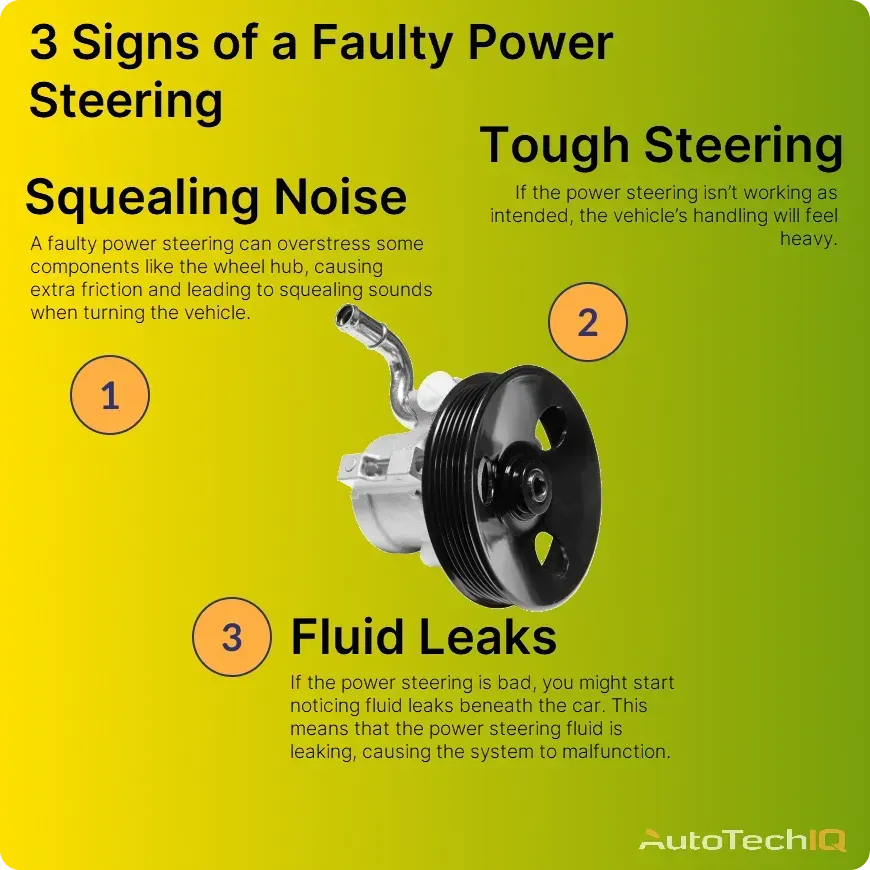
The main sign of a faulty power steering is difficulty steering the vehicle. The vehicle’s steering wheel will probably feel heavier to turn, especially at low speeds or when parking. Other symptoms include squealing or groaning noises when turning the vehicle and wobbly steering.
The power steering is the ultimate assistance in modern vehicles to help drivers smoothly control the vehicle, making turns an easy task.
-
Key function: The power steering’s main function is to make it easy to turn the vehicle. This technology heavily reduces the effort to control the steering wheel using electrical signals and sensors.
The power steering can fail for multiple reasons: low power steering fluid, a faulty pump, damaged belts, etc. However, before jumping to a conclusion, be aware of the risks involved if you’re driving with a faulty power steering system.
-
Safety: The power steering is necessary so the driver can efficiently control and handle the vehicle while driving. If the power steering isn’t working, the vehicle will have poor handling and stability, making the driver struggle to control it mid-traffic. This type of problem can lead to risky situations on the road.

Tough steering
If the power steering isn’t working as intended, the vehicle’s handling will feel heavy. This means that the driver has to make extra effort to control the car, especially at low speeds or when parking.
Most modern vehicles nowadays are heavier due to their advanced power steering assistance, which makes a ton-weighting vehicle feel like butter to control. If this power steering is lost, the vehicle can even become jammed depending on the model.
Squealing sounds
The power steering makes it easy for the wheels and suspension to work together and reproduce the steering wheel’s signal. However, if the power steering is lost, every other steering-related component will have to make more effort to steer the vehicle.
This can overstress some components like the wheel hub, causing extra friction and leading to squealing sounds when turning the vehicle.
Other common signs
Here are other common signs that your vehicle’s serpentine belt might have slipped:
-
Power steering fluid leaks
-
Groaning sounds when turning
-
Steering wheel vibration
-
Jerky or wobbly steering wheel
-
Power steering warning light on the dashboard
Possible fixes
-
Power steering fluid exchange: A faulty power steering system can lead to the need for a power steering fluid top-off because issues such as leaks or component failures can cause a significant drop in fluid levels. As the fluid level drops, the system's performance deteriorates, leading to harder steering and potential damage to the steering components.
-
Power steering hose replacement: Over time, hoses can become worn, cracked, or punctured due to age, heat, or pressure, leading to fluid leaks. These leaks not only reduce the amount of fluid available for proper steering but can also cause the system to fail.
-
Steering angle sensor replacement: The sensor plays a crucial role in monitoring and adjusting the steering system's alignment and responsiveness. If the power steering system malfunctions, it can cause erratic or inconsistent steering inputs, which may affect the sensor's ability to accurately measure the steering angle. This can lead to incorrect data being sent to the vehicle's electronic control systems
-
Power steering reservoir replacement: A damaged reservoir can cause fluid to leak out, leading to low fluid levels and inadequate hydraulic pressure, which can further deteriorate the power steering system’s performance.
-
Power steering rack replacement: The power steering rack is a critical component that converts the rotational motion of the steering wheel into linear motion to turn the wheels. If the system experiences issues such as leaks from the rack seals, internal wear, or damage due to excessive strain from a malfunctioning pump or other components, the steering can become increasingly difficult and less responsive.
Frequently Asked Questions
Can you drive with a power steering malfunction?
Driving with a power steering malfunction is possible but highly risky. If the power steering system fails, the steering wheel can become extremely difficult to turn, especially at low speeds or while maneuvering. This can significantly impair your ability to control the vehicle, making it harder to handle and increasing the risk of accidents. Additionally, continued driving with a malfunctioning power steering system can lead to further damage and more costly repairs.
How long does a power steering system last?
The lifespan of a power steering system can vary widely depending on factors such as the vehicle make and model, driving conditions, and maintenance practices. Generally, a well-maintained power steering system can last between 75,000 to 100,000 miles or more. Regular maintenance, such as checking and topping off power steering fluid, addressing leaks promptly, and replacing worn components, can help extend the system's lifespan.
What is the most common cause of power steering failure?
The most common cause of power steering failure is a loss of power steering fluid due to leaks. Leaks can occur in various parts of the system, such as the power steering pump, hoses, or steering rack, leading to a drop in fluid levels. Without adequate fluid, the system cannot generate the necessary hydraulic pressure to assist with steering.
Other news
-
Car is Squealing When Driving
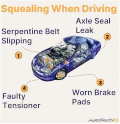
-
What is Preventative Maintenance and What Are The Benefits of it?

-
JobViewIQ - DVI Process Training - Part of the Auto Care Alliance Benefits

-
7 Signs of AC Pulley Issues
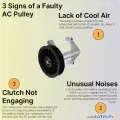
-
7 Signs of Clogged AC Components
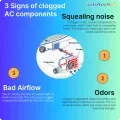
-
How Much Does a Transmission Fluid Change Cost?
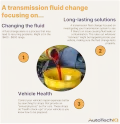
-
7 Signs of a Leaking Axle Seal
